محصولات ویژه
© کپی رایت 2025 | کلیه حقوق مادی و معنوی متعلق به بتنو می باشد
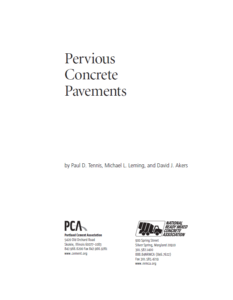
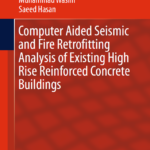 Solid Mechanics and Its Applications_مکانیک جامدات و کاربردهای آن
Solid Mechanics and Its Applications_مکانیک جامدات و کاربردهای آن
 SUPER-HIGH-STRENGTH HIGH PERFORMANCE CONCRETE_ بتن با عملکرد فوق العاده بالا
SUPER-HIGH-STRENGTH HIGH PERFORMANCE CONCRETE_ بتن با عملکرد فوق العاده بالا
 Seismic Design of Concrete Buildings to Eurocode 8_طراحی لرزه ای ازساختمان های بتنی یورو 8
Seismic Design of Concrete Buildings to Eurocode 8_طراحی لرزه ای ازساختمان های بتنی یورو 8
 Handbook on Concrete Block Paving – کتاب کفپوش های بتنی
Handbook on Concrete Block Paving – کتاب کفپوش های بتنی
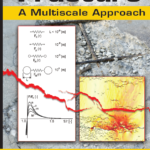 Concrete Fracture_ شکستگی بتن
Concrete Fracture_ شکستگی بتن
 Concrete Recycling_ بتن بازیافتی
Concrete Recycling_ بتن بازیافتی
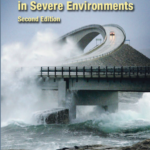 Durability Design of Concrete Structures in Severe Environments_ طراحی دوام سازه های بتنی در محیط های سخت
Durability Design of Concrete Structures in Severe Environments_ طراحی دوام سازه های بتنی در محیط های سخت
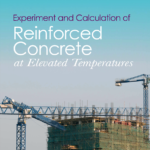 Experiment and Calculation of Reinforced Concrete at Elevated Temperatures_آزمایش و محاسبه تقویت شده بتن در دماهای مرتفع
Experiment and Calculation of Reinforced Concrete at Elevated Temperatures_آزمایش و محاسبه تقویت شده بتن در دماهای مرتفع
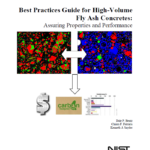 Best Practices Guide for High-Volume_راهنمای بهترین روش ها برای حجم بالا
Best Practices Guide for High-Volume_راهنمای بهترین روش ها برای حجم بالا
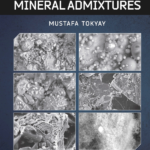 CEMENT and CONCRETE MINERAL ADMIXTURES_ مواد افزودنی معدنی برای سیمان و بتن
CEMENT and CONCRETE MINERAL ADMIXTURES_ مواد افزودنی معدنی برای سیمان و بتن
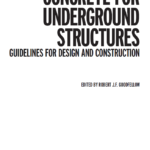 CONCRETE FOR UNDERGROUND STRUCTURES_بتن سازه های زیرزمینی
CONCRETE FOR UNDERGROUND STRUCTURES_بتن سازه های زیرزمینی
 Concrete Buildings in Seismic Regions_ کتاب ساختمان های بتنی در نواحی زلزله خیز
Concrete Buildings in Seismic Regions_ کتاب ساختمان های بتنی در نواحی زلزله خیز